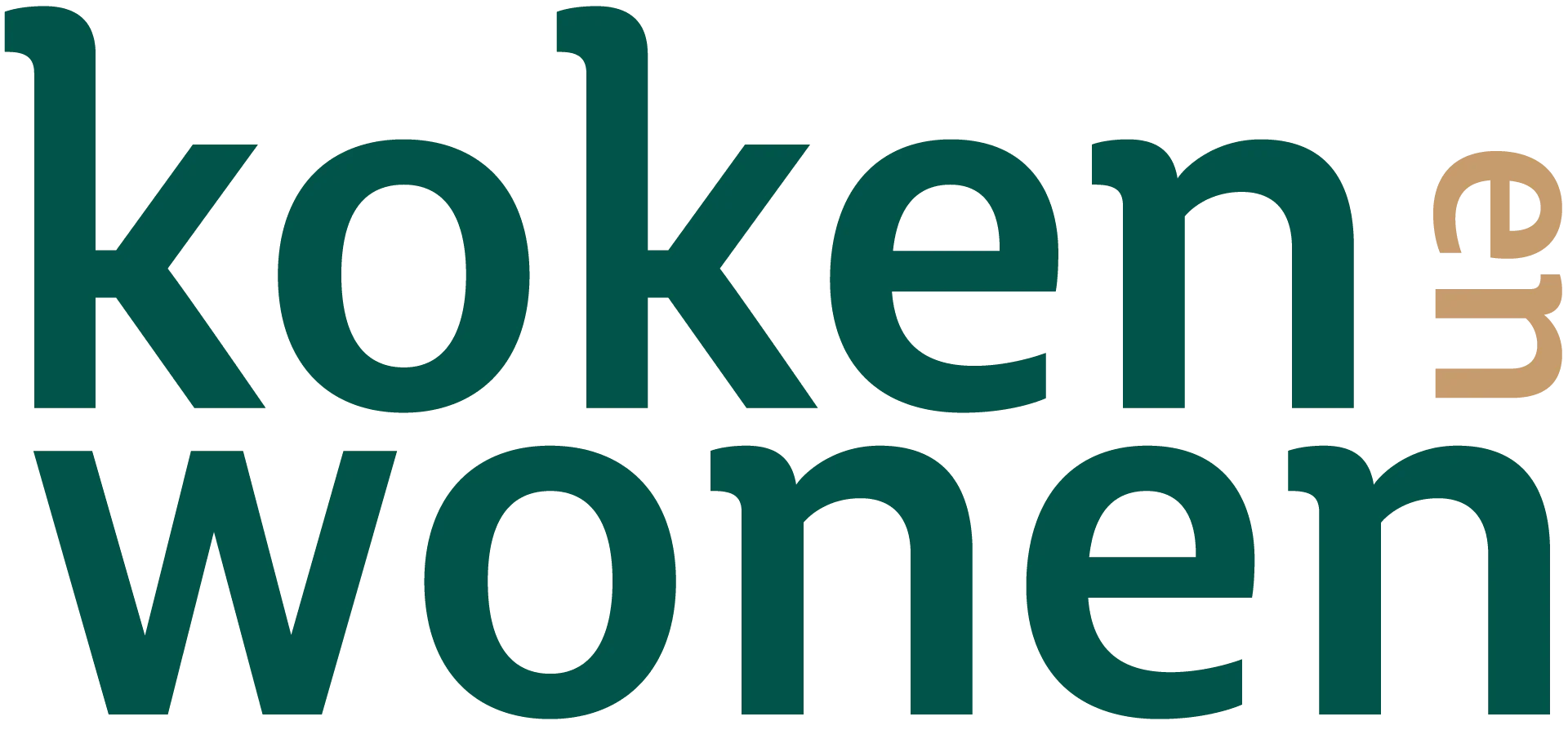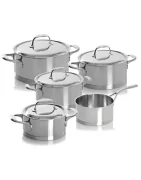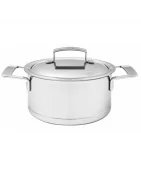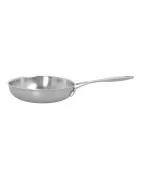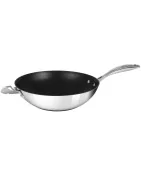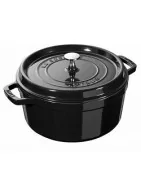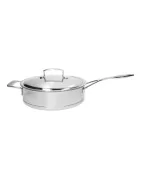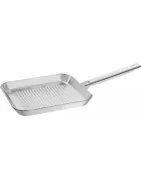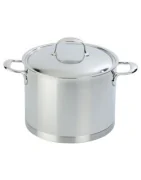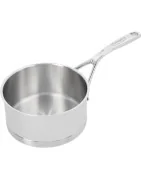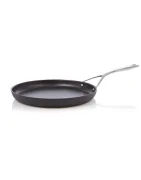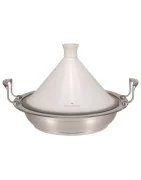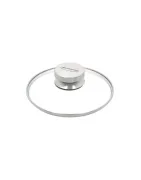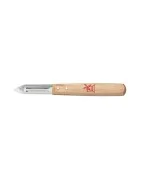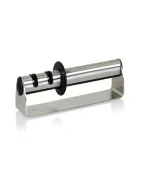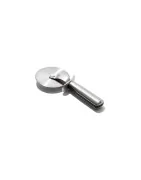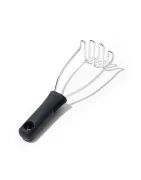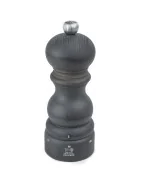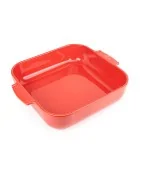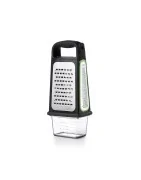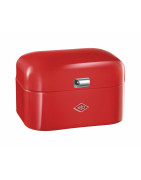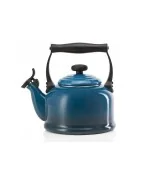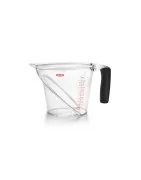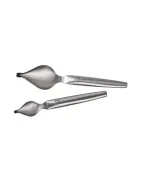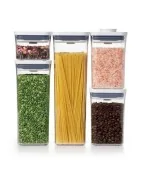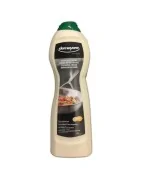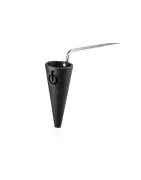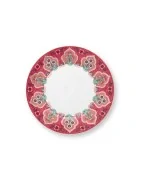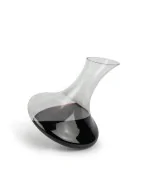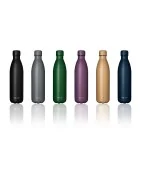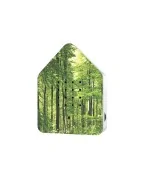PFAS in pans: Health risk or storm in a teacup?
The "Keuringsdienst van Waarde" is an investigative program by the NPO that has brought several notable issues to light over its existence. In March of this year, the program focused on a striking text in the user manual of a non-stick pan. It stated that toxic substances could be released if the pan becomes too hot. The broadcast caused quite a stir and brought the topic of using certain chemicals in the production of non-stick pans to the forefront. Which chemicals are we talking about? These are substances that fall under the collective name PFAS. Let's first take a look at which substances these are.
What are PFAS?
PFAS are synthetic chemicals that have numerous applications in various products we use daily. PFAS is a collective term for different chemicals, such as PFOA, PFOS, and GenX. These substances share the characteristic of being either non-degradable or barely degradable in the environment, which is referred to as being persistent. Additionally, these substances are toxic and can easily spread in the environment. Lastly, they have the property of accumulating in the bodies of humans and animals (source: RIVM (National Institute for Public Health and the Environment)It seems like your message was cut off or only contained a punctuation mark. Could you please provide the complete text you would like translated?
PFAS are therefore harmful to humans and the environment. Let's take a closer look at the risks associated with these substances. The degree of harmfulness is related to the amount one is exposed to. There are various ways in which someone can be exposed to PFAS. Some examples include through food and drinking water, inhaling air, or ingesting soil that contains PFAS. People can also be exposed to PFAS through the use of certain products that contain these substances. Extensive research is being conducted on the harmful effects of PFAS. It has been found that intake of small amounts from sources like air or drinking water likely does not pose health risks. However, this cannot be completely ruled out.
PFAS use in pans
PFAS are used to provide pans with a non-stick coating. The non-stick coating has become indispensable for many. When purchasing a new pan, the presence of such a coating is often the first thing people look for. It prevents food residues from sticking to the pan and also makes cleaning the pan much easier.
As the Keuringsdienst van Waarde investigated during the episode on PFAS, it is possible that a pan containing PFAS may release harmful substances at high temperatures. Fortunately, there are plenty of alternatives available. Take a look at our offerings for more options. PFAS-free pans.

Are pans that contain PFAS unsafe?
The short answer is no, pans with a non-stick coating that contains PFAS are not unsafe. However, it is important that you use the pan according to the instructions. As highlighted in the example from the Keuringsdienst van Waarde, it is crucial not to heat the pan beyond the recommended temperature. Should you throw away pans with PFAS? We advise disposing of a non-stick pan if it is damaged. A damaged coating releases harmful fumes more quickly. In that case, it is better to look for a new pan.
Would you prefer to take no risks at all? Then there are plenty of alternatives available. For example, take a look at De Buyer pans, pans with a ceramic coating or a TVS Natura pan. TVS has succeeded in producing a non-stick coating made from plant-based materials. Absolutely worth it if you don't want to give up the convenience of a non-stick coating.
Conclusion
Although it is important that independent research continues to critically examine the quality and potential harmfulness of products, it remains important to view everything in the right perspective. Specifically, when it comes to the use of PFAS in pans, it has been shown that no harmful substances are released if the pan is used according to the instructions. The issue of PFAS for human and environmental health is absolutely present and perhaps even greater than we currently know. The applications of PFAS are so widespread and common that the substance appears in various places in our environment. As a society, we would be wise to remain critical of the way we produce and the impact this has on humans, animals, and the environment. As consumers, we only have influence over our own spending. If you care deeply about the environment and health, it might be wise to buy new pans that do not use harmful substances. But as we have already said, there is absolutely no reason to panic if you are currently using pans that were produced with PFAS.
